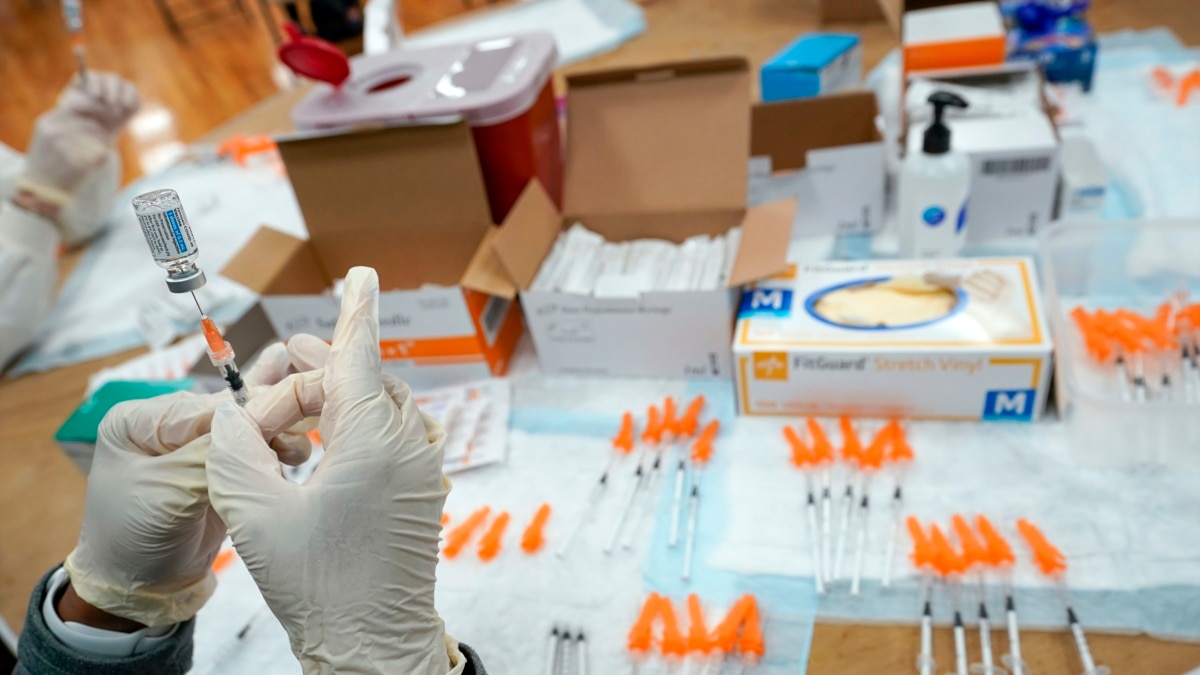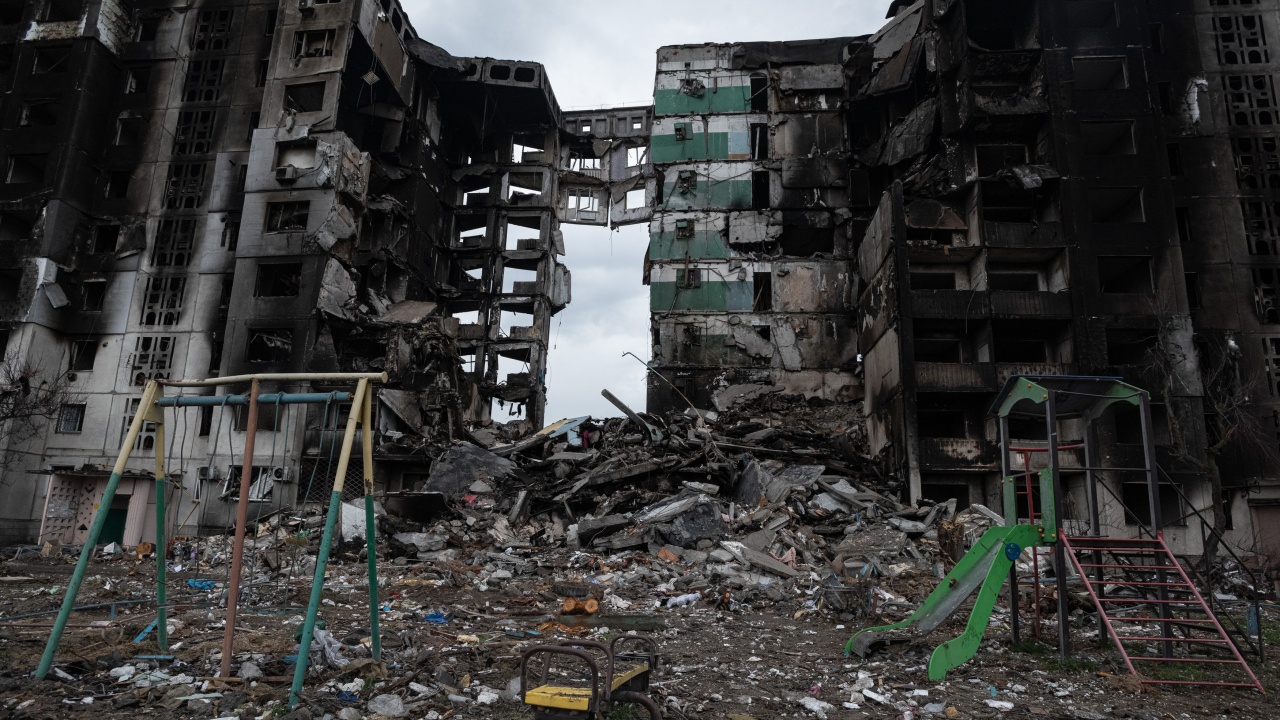COVID-19 is still killing hundreds of Americans every day, but it’s not nearly as dangerous as it was last fall and winter.
“It’s going to be a good summer, and we deserve this break,” said Ali Mokdad, a professor of health statistical sciences at the University of Washington in Seattle.
With more Americans protected from severe symptoms thanks to vaccinations and previous infections, COVID-19 has become — at least for now — little more than a nagging inconvenience for many.
The situation “feels cautiously good right now,” said Dr. Dan Kaul, an infectious disease specialist at the University of Michigan Medical Center in Ann Arbor. “For the first time that I remember, since it started, we don’t have any patients in intensive care.”
As the country prepares to celebrate Independence Day on July 4, the average daily number of deaths from COVID-19 in the United States hovers around 360. Last year, during a similar summer lull, the number was at 228 in early July. That remains the lowest number of daily deaths in the country since March 2020, when the virus began to spread.
But there were far fewer reported cases in that time last year: fewer than 20,000 a day. Now it’s about 109,000, and that’s almost certainly underestimated, because home diagnostic tests aren’t routinely reported.
Today, in the third year of the pandemic, it’s easy to be confused by the picture: Repeat infections are increasingly likely, and a sizeable portion of those infected will face persistent symptoms of COVID-19, but the danger of death has diminished. radically for many.
“That’s because we’re at a point now where all of our immune systems have recognized the virus or had vaccinations two or three times,” said Dr. David Dowdy, an epidemiologist at the Johns Hopkins Bloomberg School of Public Health. Hopkins. “Over time, the body learns not to overreact when it detects the virus.”
“And what we see now is that people on average are getting less and less sick,” he added.
As many as eight in 10 people in the United States have been infected at least once, according to influential modeling.
The rate of deaths from COVID-19 has been fluctuating, but has recently fallen into the range of an average flu season, according to data analyzed by Mara Aspinall, a researcher at Arizona State University.
At first, some people said the coronavirus was no deadlier than the flu, “and for a long time, that wasn’t true,” he said. Back then, people had no immunity. The treatments were experimental. Vaccines did not exist.
Now, Aspinall says, pent-up immunity has pushed the death rate down firmly into the range of a typical flu season. During the last decade, the mortality rate for influenza was about 5% to 13% of those hospitalized.
Connect with the Voice of America! Subscribe to our channel YouTube and turn on notifications, or follow us on social media: Facebook, Twitter e Instagram.
–
–


